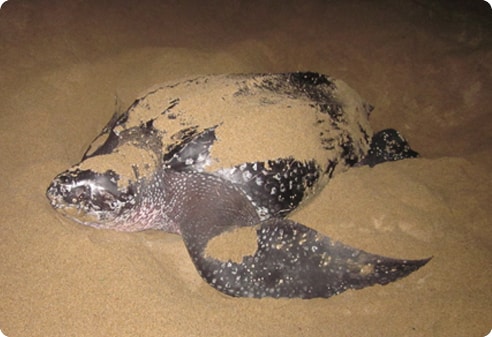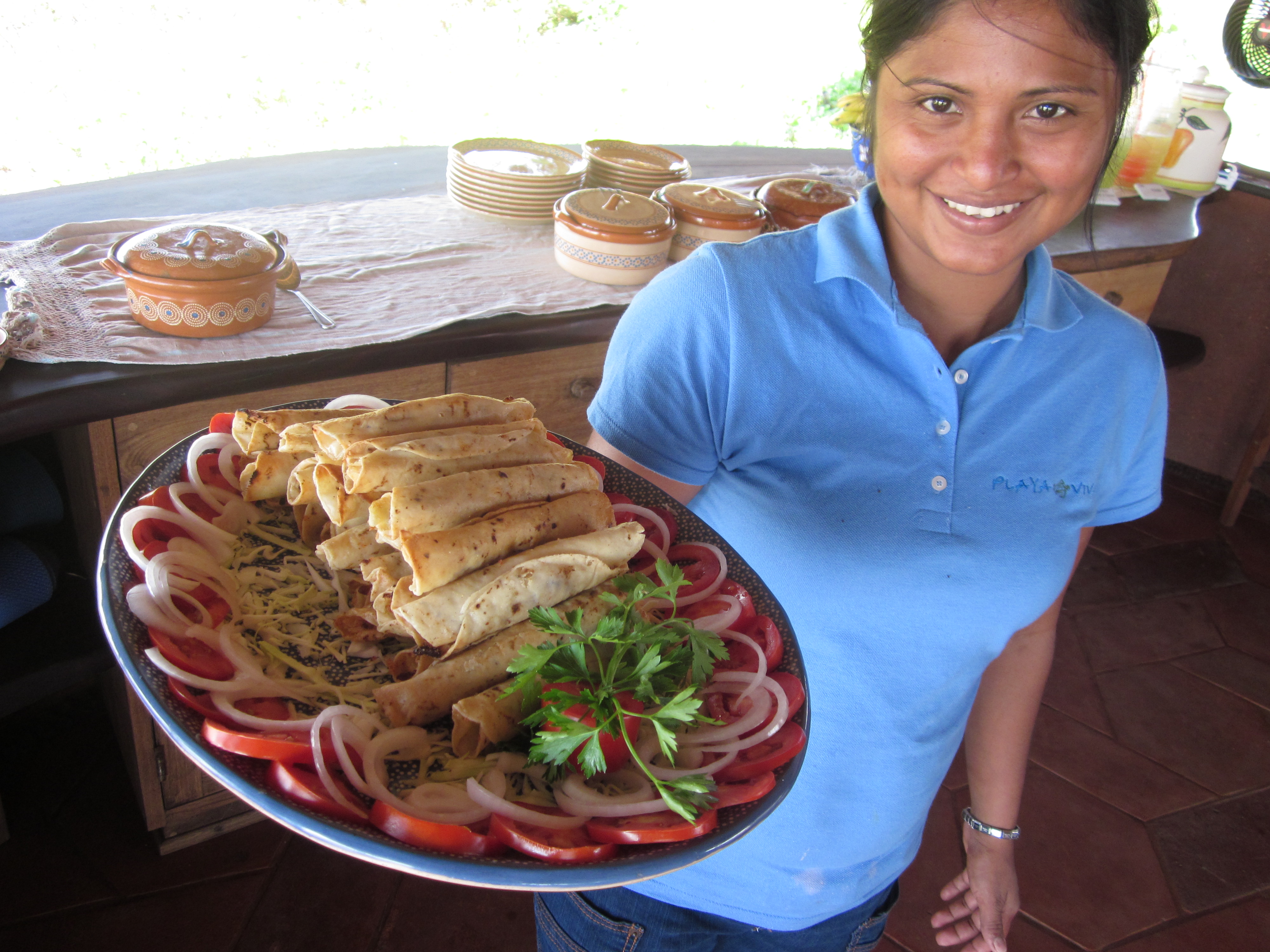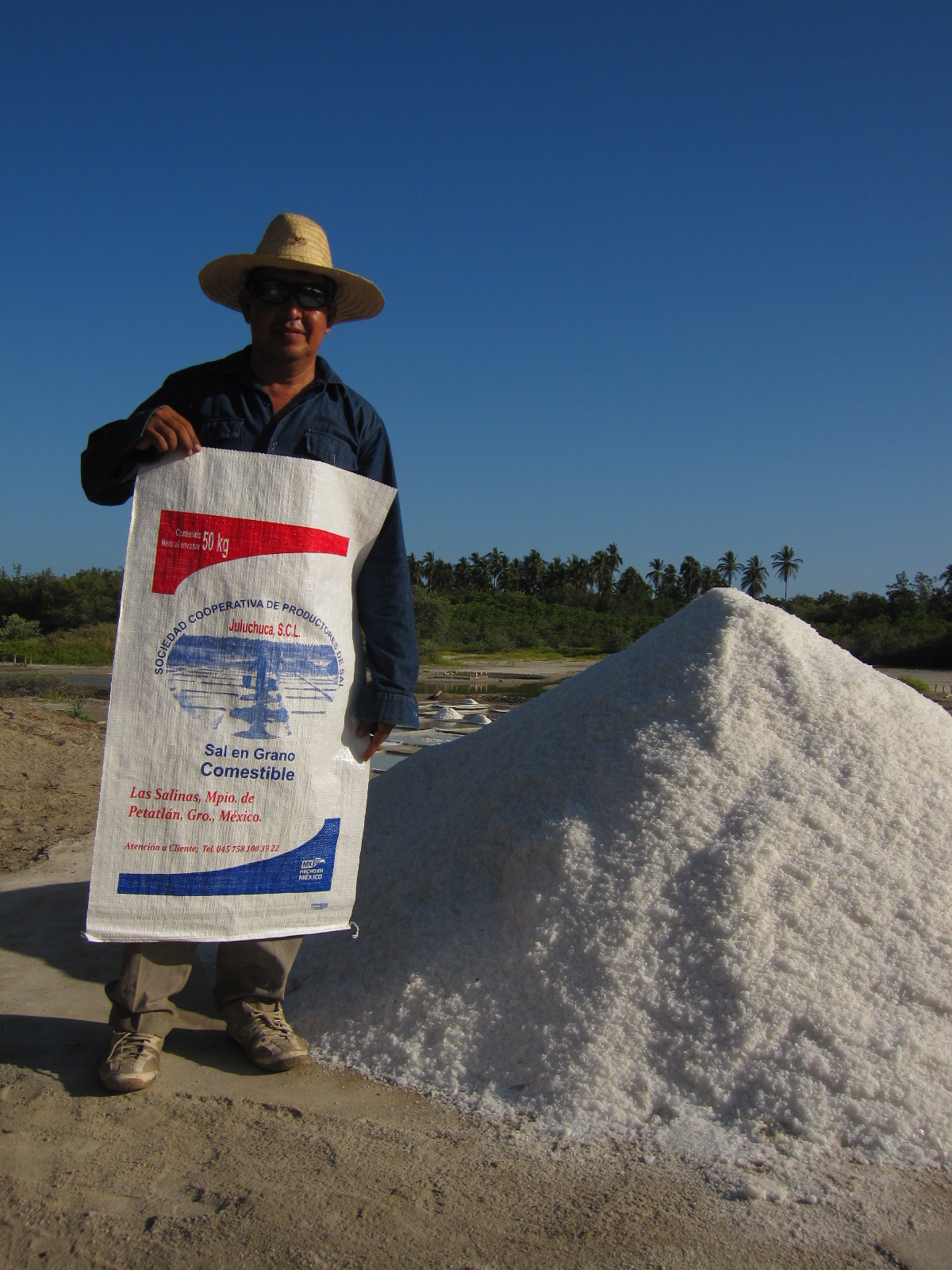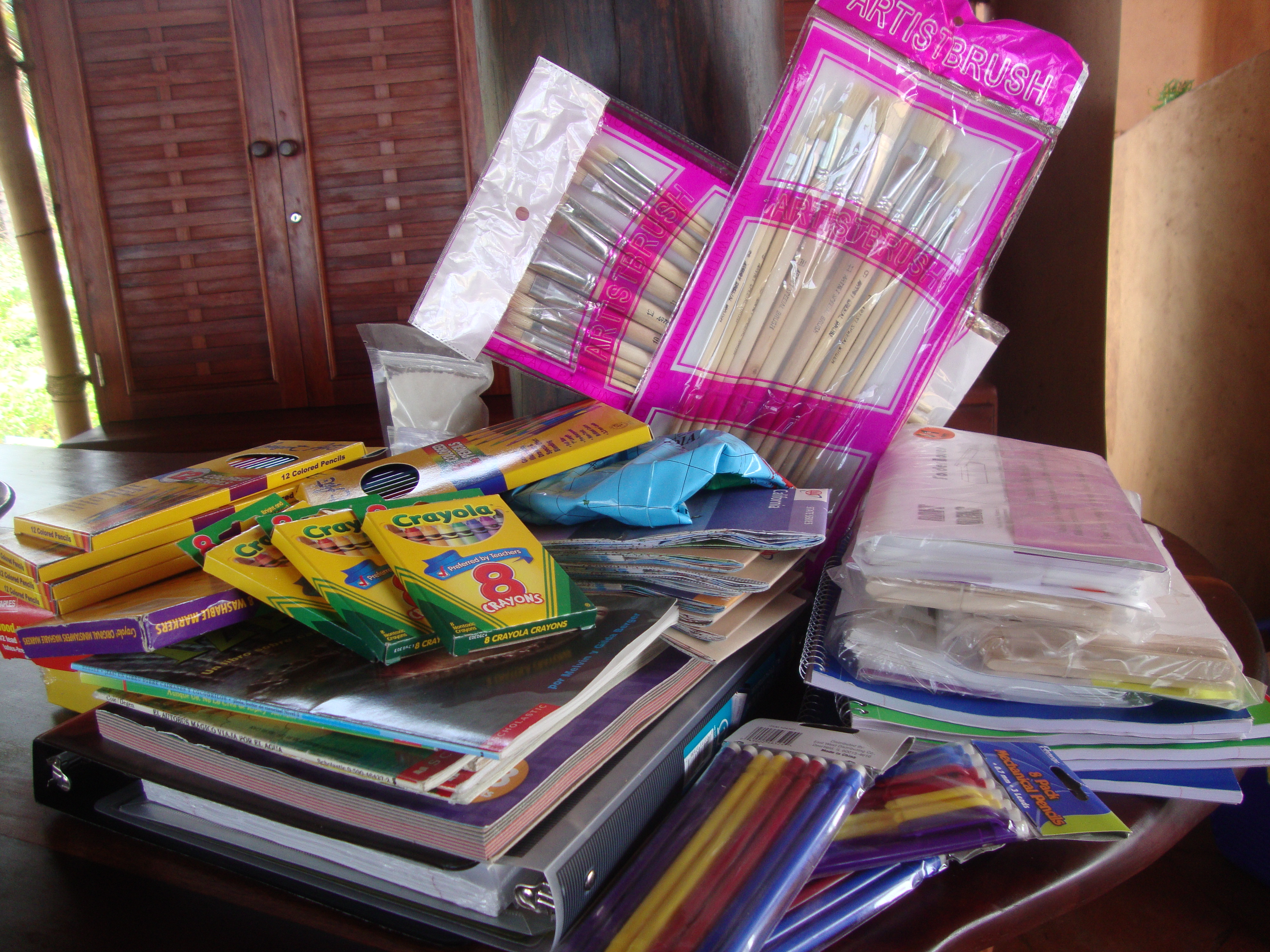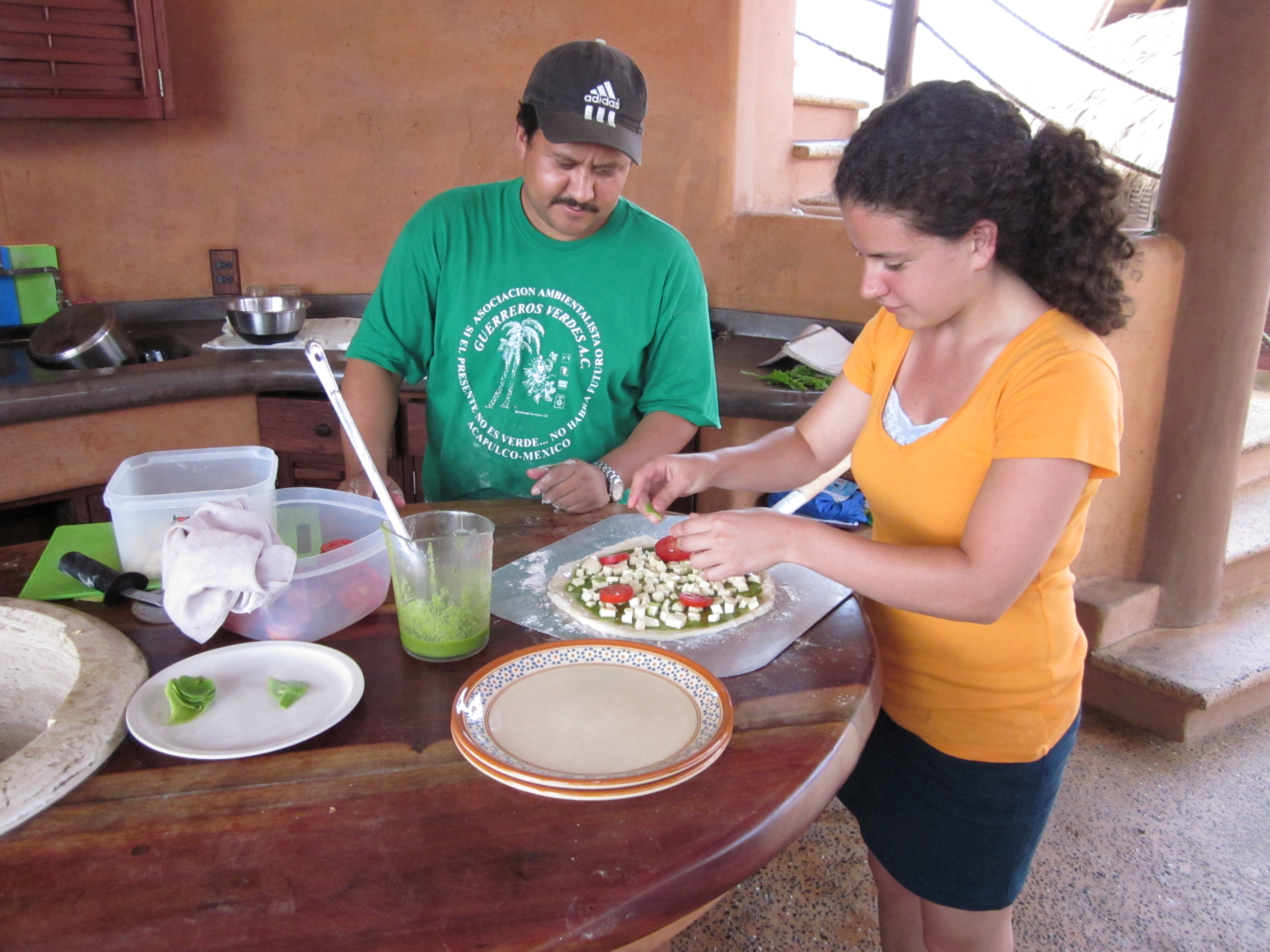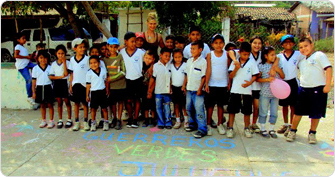Las Salinas – the salt flats – are 5 km from Playa Viva near the Pacific Coast of Mexico, about 45 minutes south of the resort of Zihuatanejo/Ixtapa. 120 families are members of a salt harvesting co-op. Of these, eighty are actively harvesting salt. Of those, less than half are using traditional means to harvest the salt. Playa Viva is a sustainable boutique hotel located nearby. Playa Viva has been working in this area for the last for years with the goal to go beyond green (doing less damage) and sustainable (net neutral) to be a truly “regenerative” resort, improving the biodiversity and resilience of the ecology and community.
As part utilizing the regenerative method of development, Playa Viva developed a “History of Place” that included archeological records showing that salt from this area was given as tribute to Aztec kings.
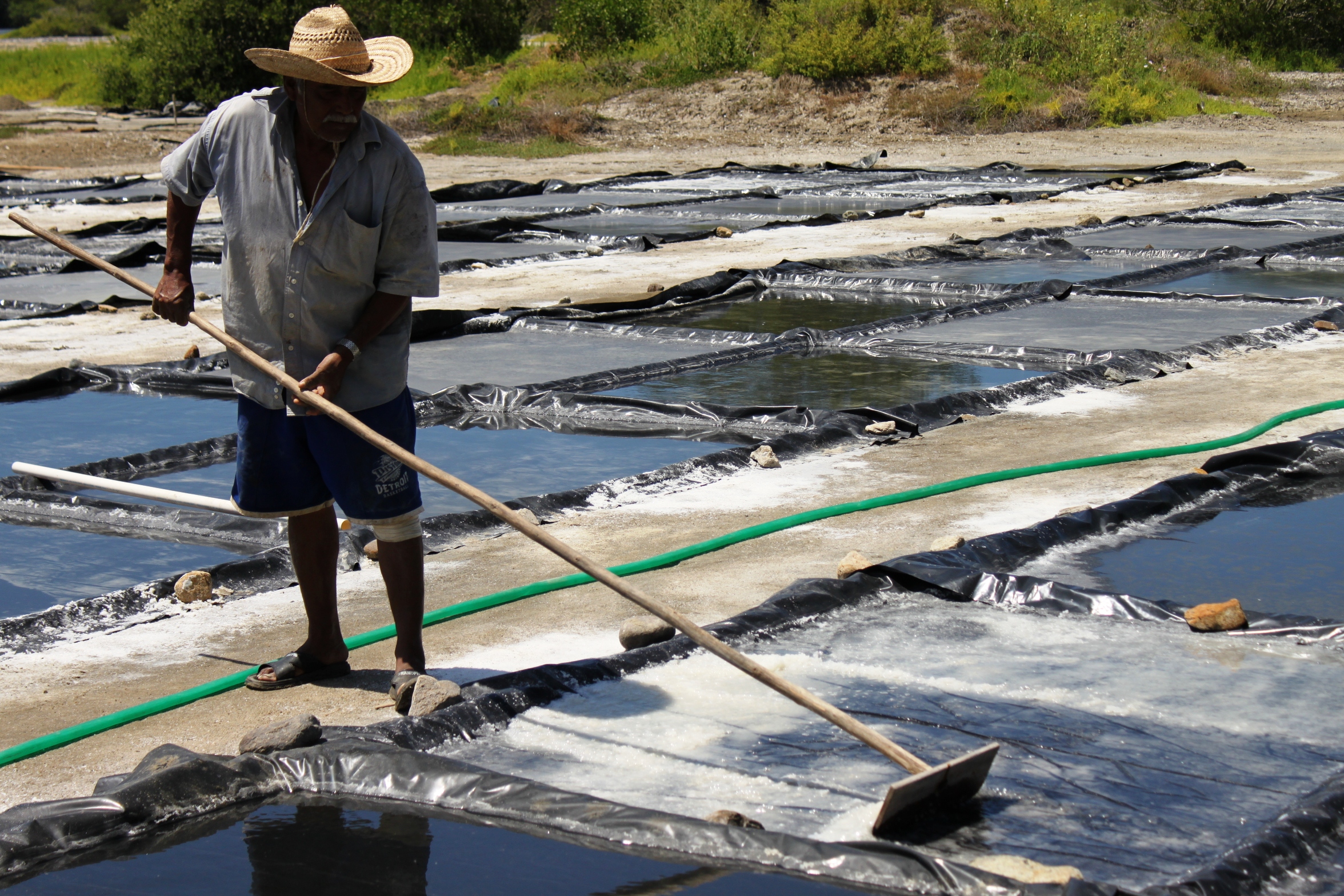
Traditionally, the salt is harvested by the creation of handmade drying ponds, “eras”, which are reformed each year after raining season. However, in recent years, many of these artisanal salt farmers have turned to less costly and time consuming means of harvesting their salt. These families are turning to plastic, black plastic, to line the drying ponds. As a result, the plastic leaches into the salt and contaminates this pure, delicious and healthy mineral and food. Likewise, the plastic is left after the rainy season and results in further contamination of the lagoon further harming the attempts of traditional harvesting to keep their product clean and sustainable.
Playa Viva has submitted the salt for quality testing. The results from the lab were astounding. The salt is extremely high in minerals missing in our bodies and food as a result of soil erosion and modern farming techniques. The salt is naturally high in iodine and low in sodium.
This lagoon salt is formed by rains washing over the Sierra Madre Mountains delivering valuable minerals to the lagoon. During rainy season, the lagoon water rise, eventually the sand bar that separates the lagoon from the ocean breaks through and salt water fuses with the mineral rich water. As the rains fade, the heat evaporates the water, minerals and salt settle on the floor of the lagoon. The farmers then hand form clay drying ponds. They scrape this mineral rich solid from the lagoon and wash it with the remaining brine from the lagoon creating.. The resulting super-saturate brine is then poured into handmade drying ponds which absorb the calcium and minerals from the “eras”. What remains at the end of 5-7 days is a white, crystalline flake of healthy mineral salt.
This salt is completely undervalued and sold for pennies a pound with the largest buyer being the locals who use this salt to make Queso Fresco – Fresh Cheese. Since traditional salt farmers only earn barely enough to pay for the means of production, many are moving to cheaper plastic methods or just giving up harvesting salt.
Playa Viva’s innovation in supporting sustainable tourism is derived from leveraging its role as a tourism operator in the Juluchuca community, specifically working to identify opportunities where it can add value through access to resources – intellectual, financial and social capital – to improve the economic and environmental conditions of the members of its community. The goal of this endeavor is to create a higher value for the salt, providing a living wage for the 120 peasant farmer families that are part of the co-op and to bring a true market price to this undervalued product. By focusing on improving market price, the goal was to have the local community realize the true commercial value of their local resources, rediscover the inherent value in the traditional means of harvest, understand the importance of not contaminating their natural resources and provide a mechanism towards achieving pride in their heritage – after all this is the Salt of Aztec Kings.
As a result, Playa Viva created the brand name “Sal Viva – the Salt of Life” as a brand extension to Playa Viva. Each guest that stays at Playa Viva is provided with a sample package of the salt to take home. Sal Viva is the ONLY salt served. Sal Viva in larger gift packages is also sold on site.
Additionally, Playa Viva has started importing Sal Viva for sale in the US. Currently, it is on sale via online partner –
CharitiesUSA.com.
Playa Viva has been working with top chef’s in restaurants starting in Los Angeles including famed Mexican restaurant
Loteria Grill and owner Jimmy Shaw who added a new menu item using Sal Viva. Most recently Joseph Gillard of Napa Valley Grille in LA has been added to the chef’s using Sal Viva.
Sal Viva is part of Playa Viva’s general PR and marketing strategy.
As a result of Playa Viva’s efforts, the members of the co-op have already started branding their own salt, now using sacks that are printed with the name of the co-op and location of the salt. This sense of pride in brand is new and is creating the sense of product differentiation. The price of “organic” salt, as it is now being called – that is salt made using traditional means and not plastic – is already obtaining a premium price, whereas it was once priced the same as non “organic” salt.
Playa Viva has leveraged its innovative strategy for creating a model for sustainable tourism across a variety of activities including the development of Sal Viva, Canasta Viva (a CSA – Community Supported Organic Agriculture – project with local farmers), Pack For a Purpose (non-profit to bring supplies to the local schools), mangrove and coastal forest restoration (Playa Viva Reserve) and the Tortuga Viva (turtle sanctuary for preserving marine turtles). Sal Viva is just one initiative within an innovative strategy for leveraging tourism for building more resilient communities and ecosystems.
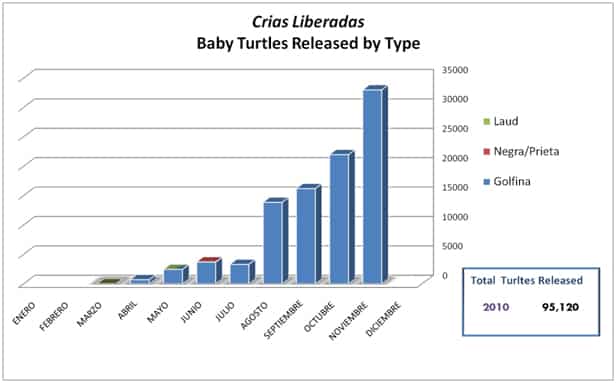 It’s been a while since we have posted statistics for the turtle sanctuary. See updated statistics in the graph to the right. The good news is that we are now supporting La Tortuga Viva, a group of local volunteers who have worked hard this year in protecting and releasing close to 100,000 baby turtles. We hope you will join us in continuing to support the turtle sanctuary through your donations. For more on our transition from La Tortuga Feliz to La Tortuga Viva – see our annual report online.
It’s been a while since we have posted statistics for the turtle sanctuary. See updated statistics in the graph to the right. The good news is that we are now supporting La Tortuga Viva, a group of local volunteers who have worked hard this year in protecting and releasing close to 100,000 baby turtles. We hope you will join us in continuing to support the turtle sanctuary through your donations. For more on our transition from La Tortuga Feliz to La Tortuga Viva – see our annual report online.